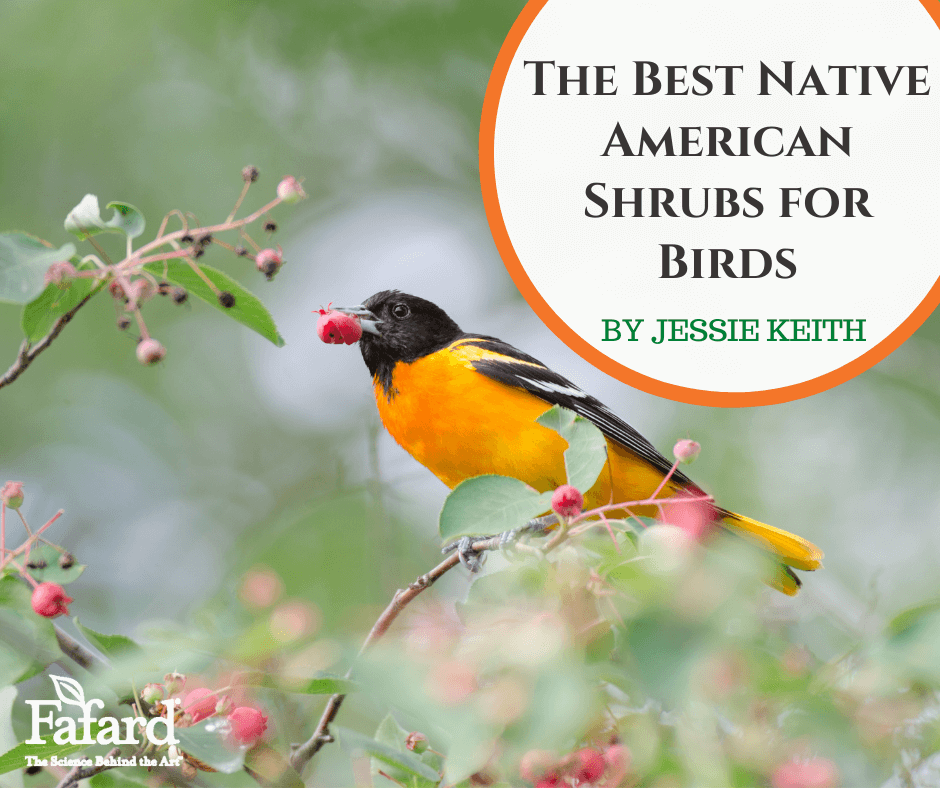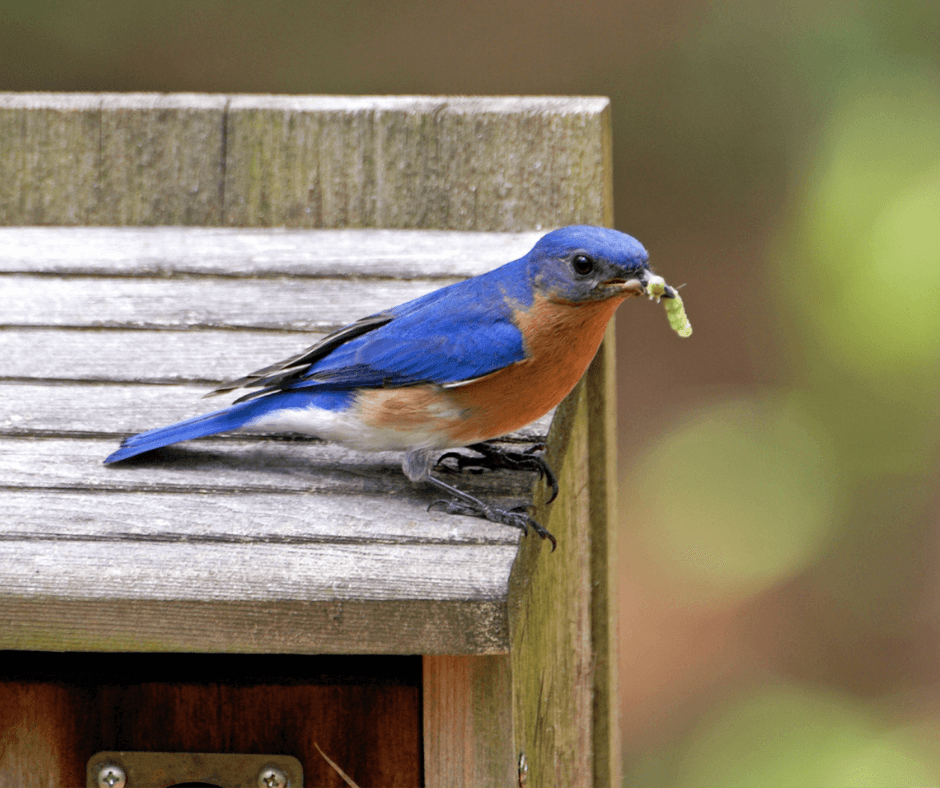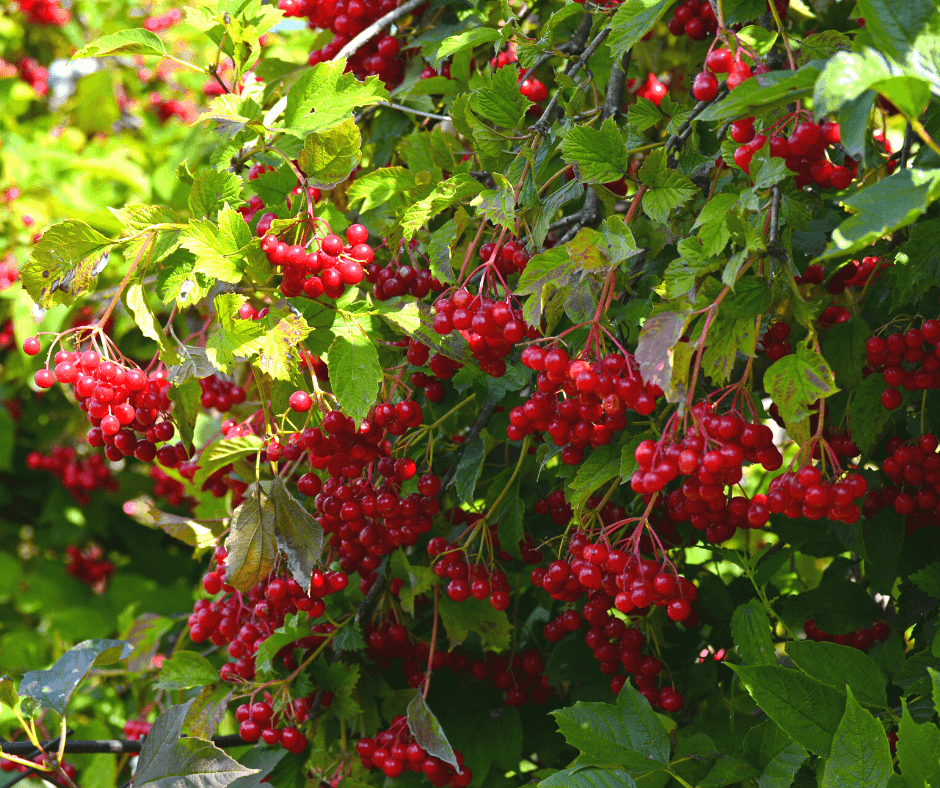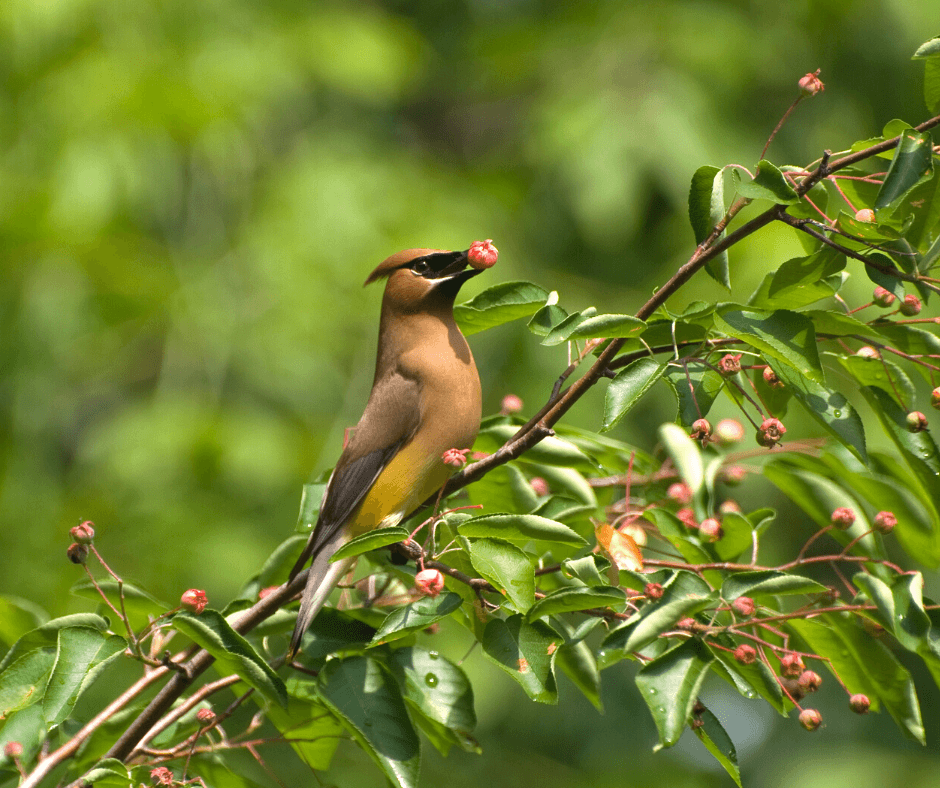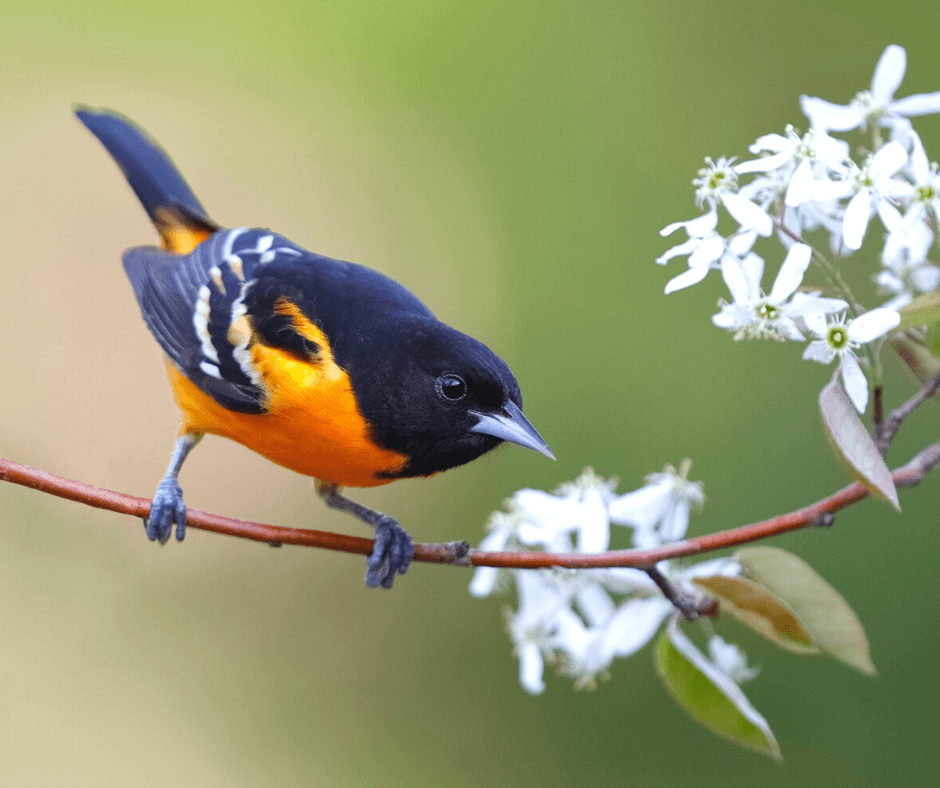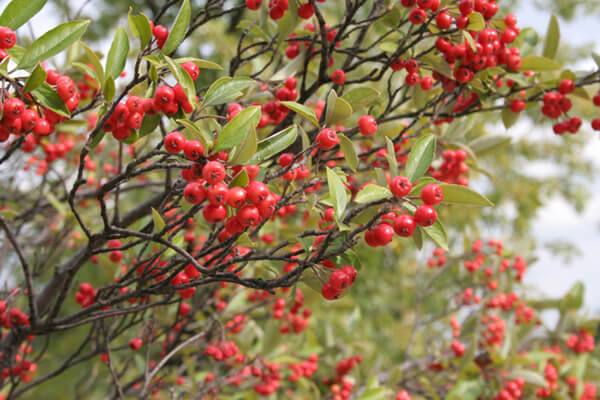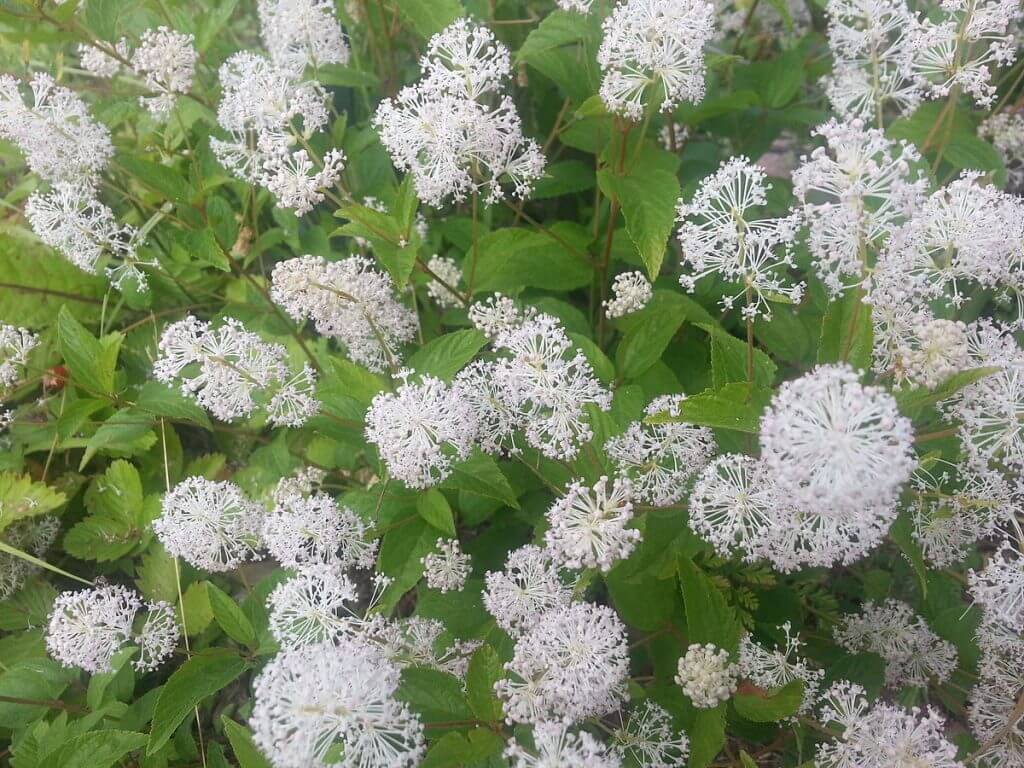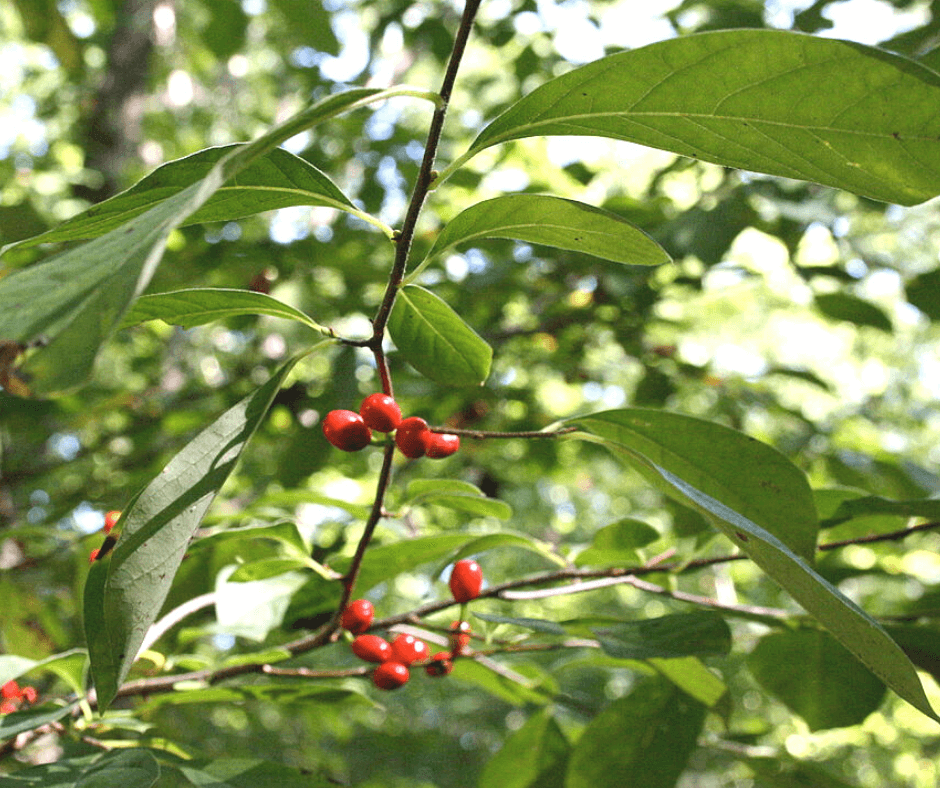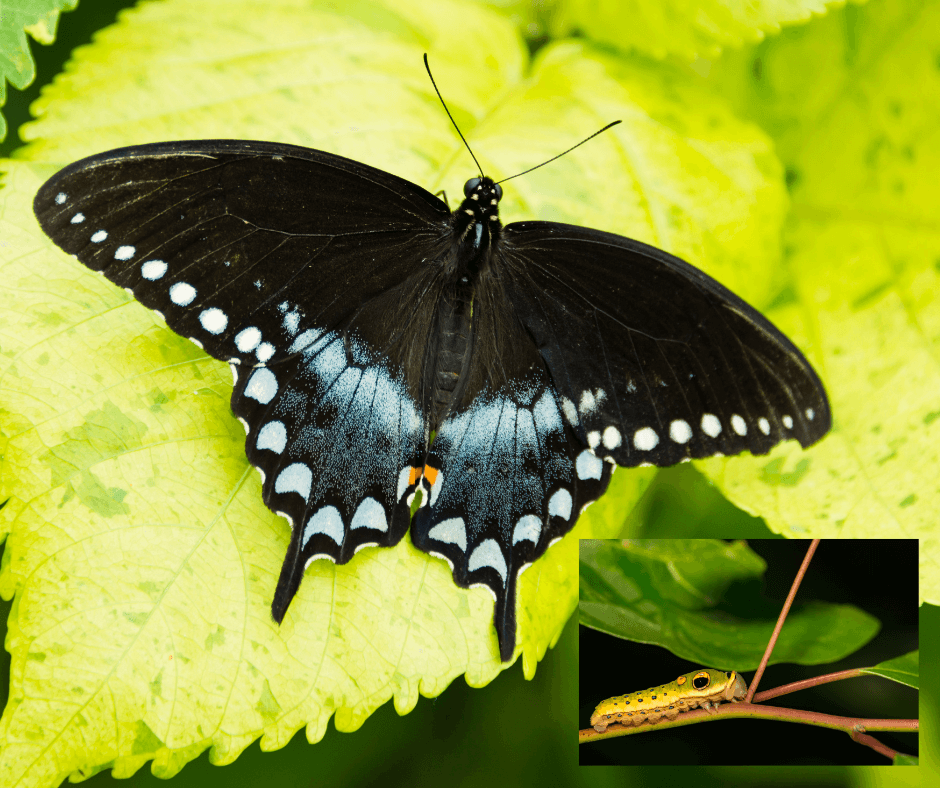
Some perennials persist in the garden not only as over-wintering plants, but also via self-sown seedlings. With their penchant for popping up spontaneously here and there, they’re a great fit for cottage gardens, wildflower borders, and other informal plantings. Additionally, they obviate the need for deadheading!
Unwelcome Self Sowers
Admittedly, a few perennials can take self-sowing too far. For example, a lemon balm (Melissa officinalis) that is allowed to go to seed will soon produce a population bomb, spawning gazillions of offspring. Although the plants profiled below typically self-sow in moderation, they can be more prolific in favorable situations. Keep an eye out and a hoe at hand just in case!
You’ll also want to discourage self-sowing by named varieties of perennial species whose seedlings are not true to type. Allow your pristine Phlox paniculata ‘David’ to self-sow, and you’ll likely soon have a flock of muddy-purple wild-type offspring. The same goes for many other groups of perennials, including columbines (Aquilegia spp.), and just about anything from the aster/daisy family, though on occasion their offspring can be quite pretty.
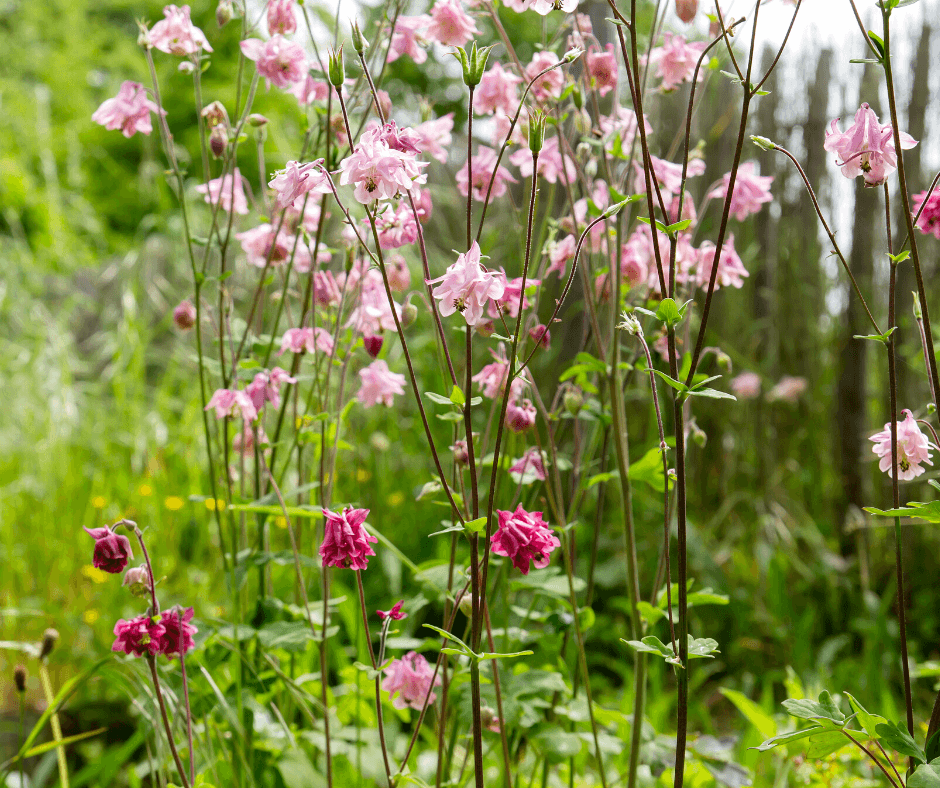
Finally, avoid heavy applications of mulch in areas where you want to encourage self-sowing. Most perennial seeds will not germinate while are buried under a 3-inch stratum of shredded bark. A much more satisfactory method of controlling weeds is to allow desirable plants to seed themselves densely into any garden gaps and to keep the gaps weeded while the new seedlings develop. A light early-spring scattering of Fafard Premium Natural & Organic Compost is all the mulch you’ll need in an established, densely populated border.
Welcome Self Sowers
Black cohosh, bugbane (Actaea racemosa)
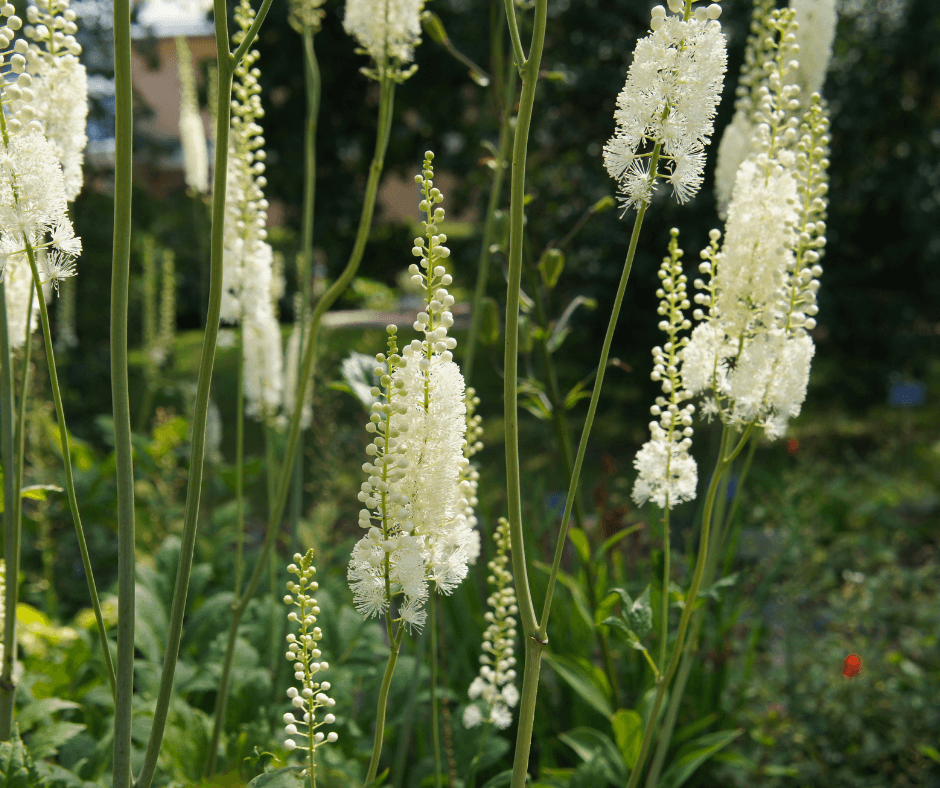
Native to moist fertile woodlands over much of the eastern U.S. from zones 4-8, this imposing perennial produces moderate numbers of seedlings in similar garden habitats. Mature plants form ferny-leaved, 3-to 4-foot clumps, surmounted in summer by white bottlebrush flower spikes. Several other U.S. native bugbanes are also well worth growing, most notably the relatively compact, bold-leaved, late-summer-blooming Actaea rubifolia.
Blue-star (Amsonia spp.)
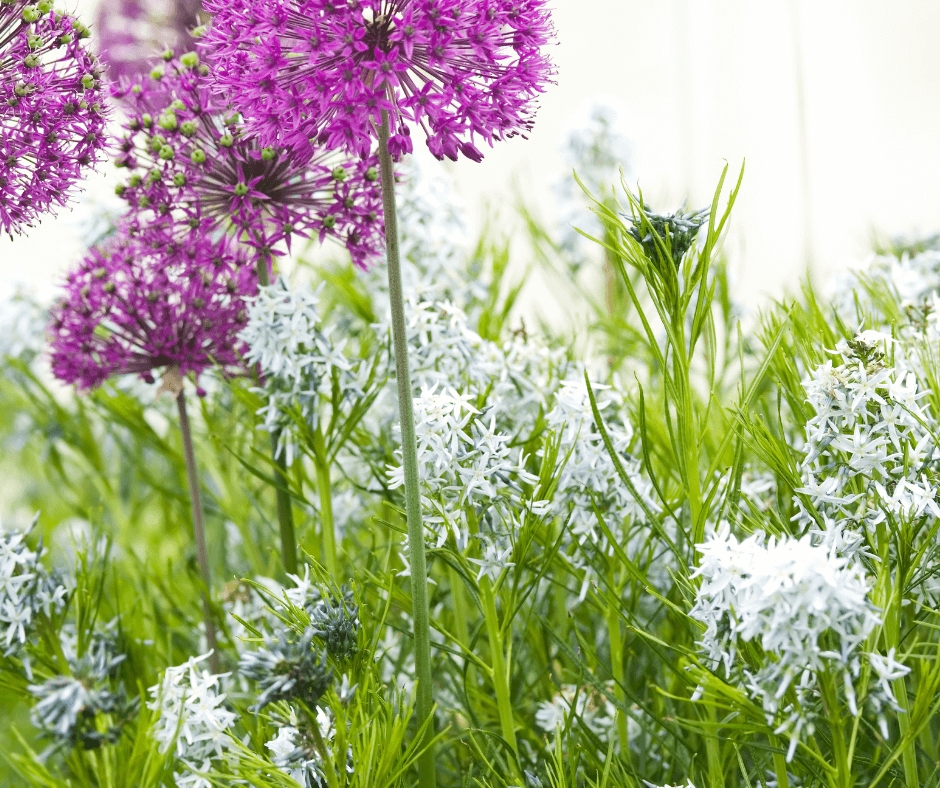
Most members of this mostly North American genus will self-sow obligingly (but not invasively) in sunny to lightly shaded garden niches. Almost all amsonias are large, upright, long-lived clump-formers with handsome, lance-shaped, disease-resistant foliage and starry, light blue, late-spring flowers. Arkansas blue-star (Amsonia hubrichtii, Zones 5-9) is especially handsome, thanks to its extremely narrow leaves that lend its 3-foot clumps a hazy, dreamy look. It’s also one of the most reliable self-sowers of the lot.
Butterfly weed (Asclepias tuberosa)
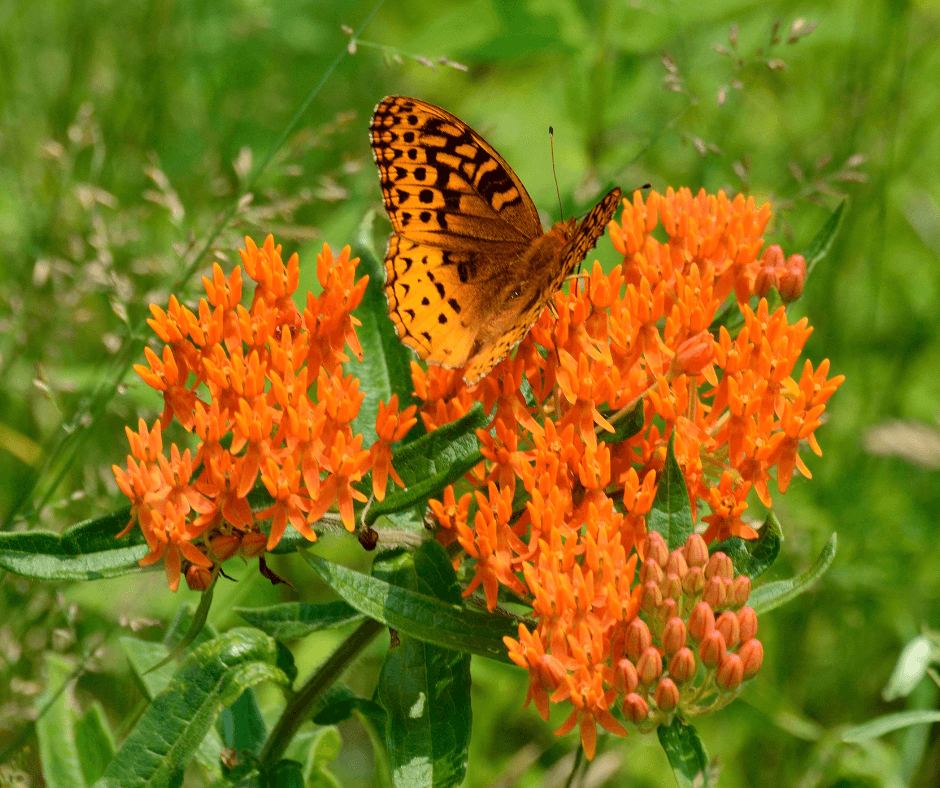
A durable eastern U.S. native for hot dry sunny niches, butterfly weed summons early-summer pollinators with its brilliant flat-headed clusters of orange to yellow flowers on 2-foot stems. The ensuing seed pods split open to release downy seeds that float away on the summer breeze – and germinate the following spring. Volunteer seedlings can be sparse to abundant, depending on wind patterns and other vagaries. Grow it in zones 3-9.
Bleeding heart (Dicentra spp.)

Fringed bleeding heart (Dicentra eximia, Zones 3-9) would be worth growing for its lacy, finely divided, blue-green foliage alone. For most gardeners (and hummingbirds), though, it’s the flowers (which resemble fanciful pink flasks rather than hearts) that are the primary feature of this lovely eastern U.S. woodlander. Bloom repeats sporadically from spring through fall, spawning the occasional seedling. Hybrids (such as ‘Luxuriant’) between Dicentra eximia and its western U.S. cousin Dicentra formosa (Zones 4-8) are sterile and seedless. At around a foot tall, Dicentra eximia and its hybrids are miniatures compared to the species whose cordate flowers inspired the common name “bleeding heart”. The purple-pink hearts of Dicentra spectabilis (recently re-dubbed Lamprocapnos spectabilis, Zones 3-9) open in mid-spring on arching stems that ascend to 3 feet or more. There’s also a beguiling white-flowered variant. All manifestations of the species self-sow modestly and true to form.
Gas plant (Dictamnus albus)
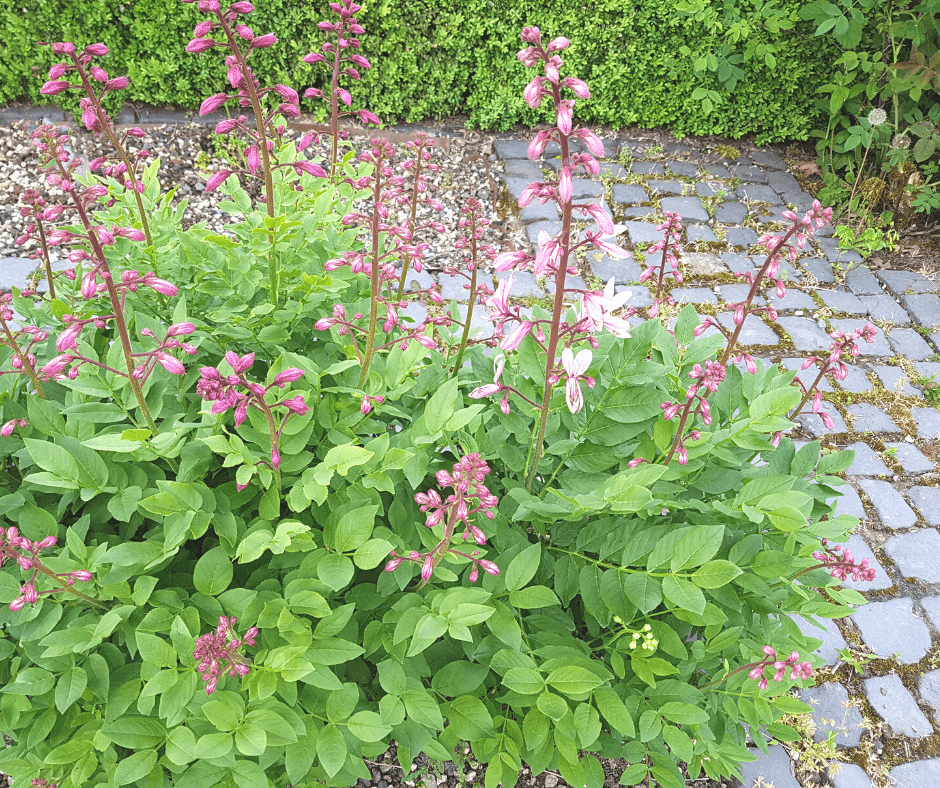
Slow from seed and in growth, gas plant is one of a multitude of splendid perennials that are rarely offered because they are a poor fit for mass-market plant production. Give it a few years, and it will mature into a 3-foot hummock of lustrous, dark-green foliage decked in late spring with spikes of fragrant, showy purple or white, hummingbird-seducing flowers. One of the best strategies for propagating this long-lived Eurasian native is to wait for volunteer seedlings, which occur sporadically. Gas plant has only one liability as an ornamental: in rare instances, the volatile oils that inspired its name can cause blistering and other symptoms of acute dermatitis. These volatile compounds are also responsible for a time-honored garden ritual. Hold a match near the plant on a calm warm evening and its “gases” will briefly flare into flame. Grow in zones 3-9.
Purple coneflower (Echinacea purpurea)

No need to plant more of this beloved Midwest native: once it’s in your garden, it will almost certainly give you a scattering of volunteers. Expect to see their rose-pink, dark-coned flowers within a year after they germinate. Seedlings of the slew of recently introduced hybrids involving Echinacea purpurea (Zones 4-9) and the yellow-flowered Echinacea paradoxa (Zones 4-9) are a different story. Even if they survive the winter – a dubious proposition in USDA hardiness zones 6 and lower – they’ll produce flowers unlike those of their parent.
Rattlesnake master (Eryngium yuccifolium)

You might think that a perennial with yucca-like foliage (and a botanical name to match) would favor arid conditions. In fact, Eryngium yuccifolium (Zones 3-9) often occurs in moist habitats in its native range, which spans much of eastern and central North America. Give it a reasonably fertile, not too dry garden soil, and it will send up 4-foot stalks in midsummer, topped by spheres of silvery flowers. Allow it to seed, and you’ll be rewarded with progeny the following spring.
Bearfoot hellebore (Helleborus foetidus)
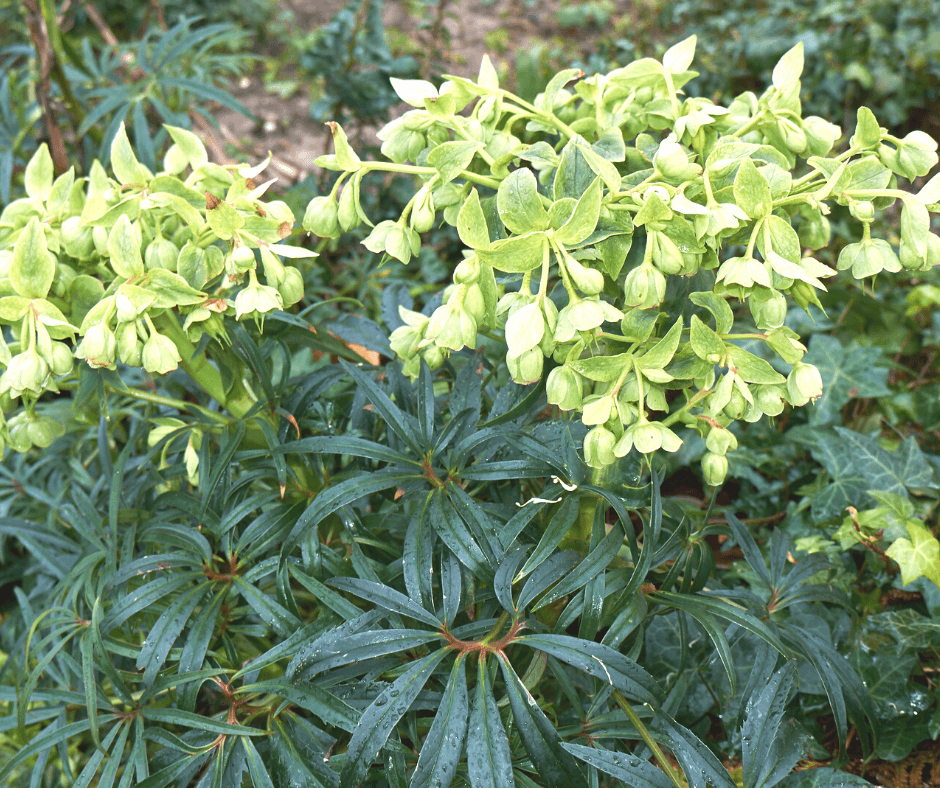
Most hellebores self-sow, given the opportunity. Helleborus foetidus (Zones 5-8) is perhaps the most adaptable and fecund of the lot, prospering and self-propagating in sun and shade. A member of the shrubby side of the tribe, it bears leaves and pale chartreuse flowers on upright stems that can ascend to 18 inches or more. The foliage is pleasantly pungent rather than unpleasantly fetid.
Cardinal flower (Lobelia cardinalis)

The brilliant red spires of cardinal flower (Zones 3-9) are a common midsummer sight in wetland habitats of eastern and central North America. Quite often they’re attended by adoring hummingbirds. Relatively short-lived in the garden, they persist by sowing themselves into moist exposed soil, germinating into evergreen rosettes. Equally wonderful is blue cardinal flower (Lobelia siphilitica, Zones 4-8), another eastern North American native and midsummer hummingbird fave. It succeeds in just about any garden position except deep shade. Its white-flowered form is also compelling.
Virginia bluebells (Mertensia virginica)

Give this eastern U.S. native (Zones 3-9) a good moist soil in partial shade, and it will spread freely both from underground rhizomes and from self-seeding. A member of the borage family, it produces the blue flowers typical of the tribe. The blue-green, tongue-shaped leaves go dormant soon after the flowers fade in late spring.
Celandine poppy (Stylophorum diphyllum)
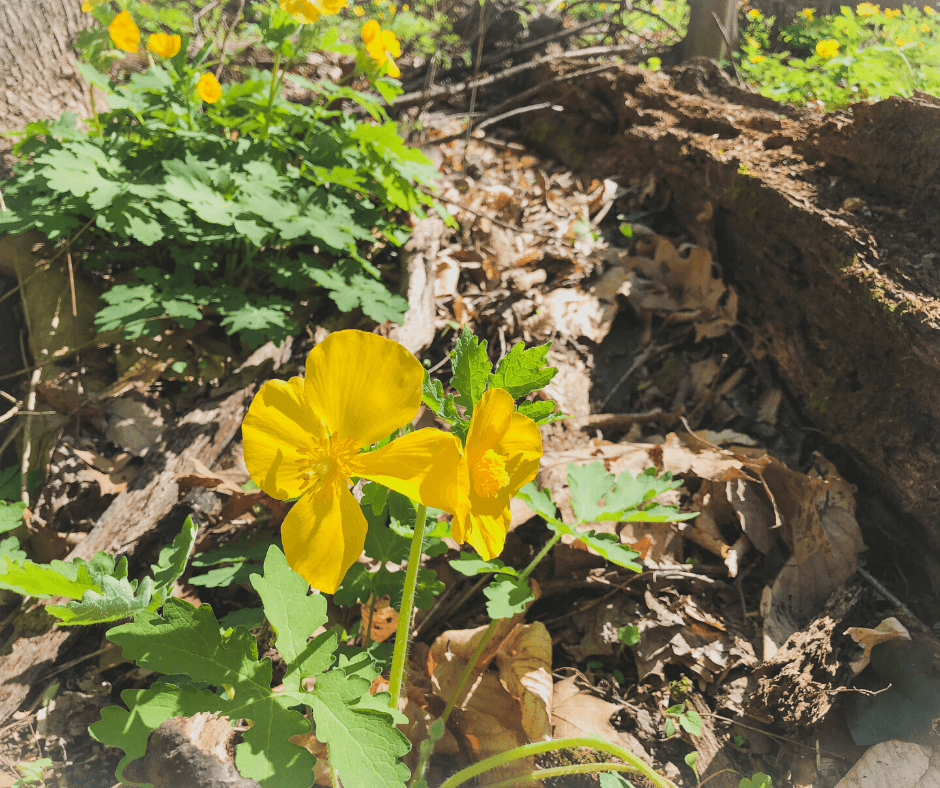
An excellent shade-garden companion for Virginia bluebells (as well as trilliums and woodland phlox), this reliably self-sowing eastern U.S. native (Zones 4-9) bears glistening yellow mini-poppies on 18-inch plants clothed in large lobed leaves. Its East-Asian analog Stylophorum lasiocarpum blooms in summer.
Among the numerous other perennials that seed themselves are:
- Blazing star (Liatris spp.);
- Patrinia (Patrinia spp.);
- Beardtongue (Penstemon spp.);
- Balloon flower (Platycodon grandiflorus);
- and Yellow fumitory (Pseudofumaria lutea).
They’re living proof that going to seed is not necessarily a bad thing!


